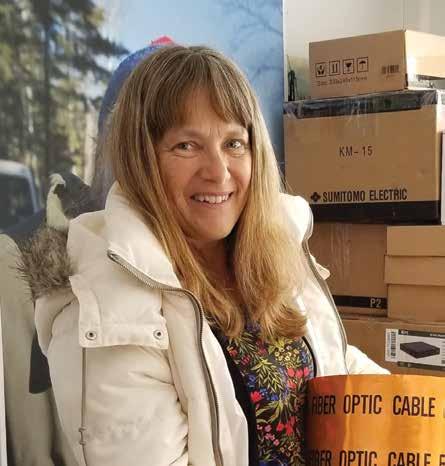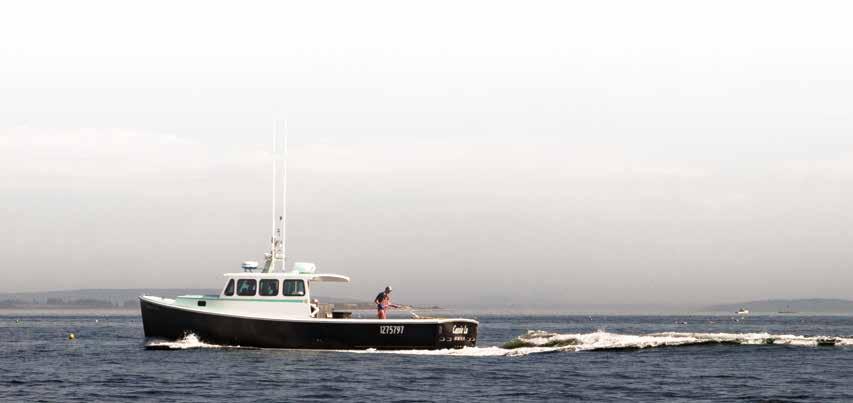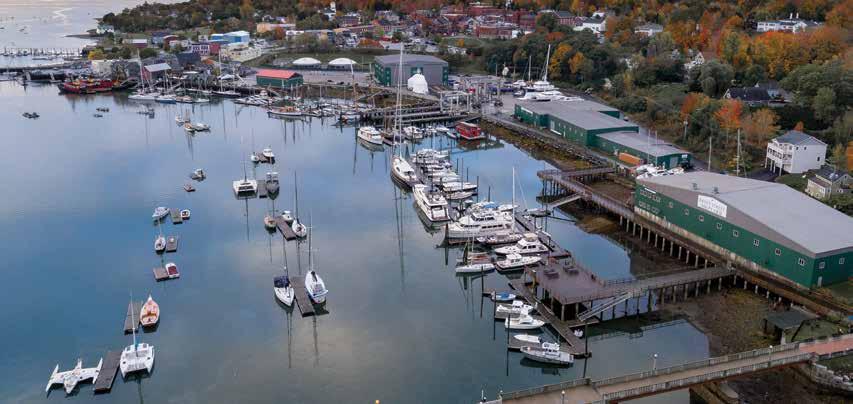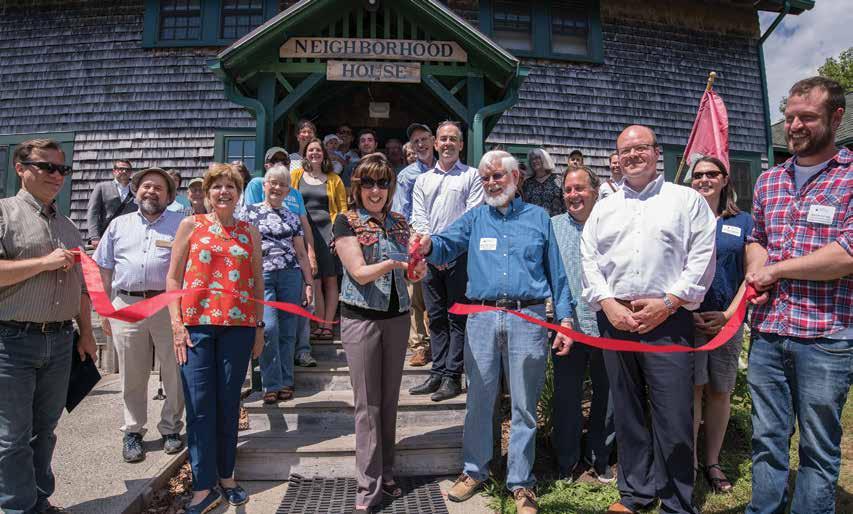
3 minute read
Financing the Response to Rising Seas
Town leaders are looking for innovative ways to fund infrastructure projects.
MANY COASTAL COMMUNITIES ARE GRAPPLING with more frequent instances of flooding and storm surge events. As a result, town leaders are planning for an uncertain future with increasing sea level rise projections and are exploring ways to finance needed upgrades to roads, bridges, and docks. In Portland, sea level rise is being incorporated into the zoning and building permitting process. “When the city is working with the many infrastructure changes that we contemplate, sea level rise is now part of the design consideration,” said Bill Needelman, Portland’s waterfront coordinator. “If you’re going to spend money and just end up with exactly what you have right now, it’s all loss,” he said. “You can make yourself more resilient at the same time that you’re building your tax base and continuing to have a vital community.” After completing its sea level rise scenarios study, the island of Vinalhaven now approaches its infrastructure planning with an eye toward resiliency. “We’ve got a long list of things we’d like to do, so it’s about prioritizing those things,” said Andy Dorr, the island’s town manager. Part of that is taking advantage of the natural life-cycle replacement of infrastructure such as bridges, sidewalks, and roadways. For instance, Vinalhaven’s Carrying Place Bridge is in poor condition and will soon need to be replaced. As the town discusses the design for a replacement bridge, it’s considering whether the bridge should be raised to a height that will accommodate rising water in its expected lifetime. Beyond the bridge, sea level rise threatens commerce and transport as extreme high tides currently flood the downtown area parking lots even
Advertisement
10 Andy Dorr (left), Vinalhaven town manager, reviews flood maps of the downtown parking area with consultants.
DAMARISCOTTA
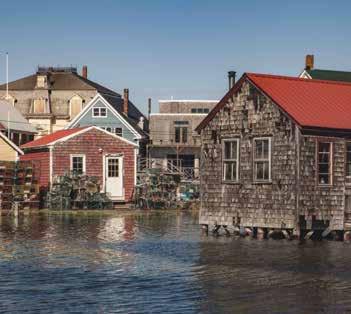
PORTLAND
on sunny days, and high-water levels have kept the ferry from docking. Impacts to ferry service will increasingly affect tourism and emergency services. To tackle these issues, the town has formed a sea level rise committee and has received grant funding for vulnerability and engineering studies. While it is hard to estimate exactly how assessed values will change for parcels that experience flooding, sea
level rise will cause Vinalhaven’s tax base to shrink and shift to inland residents. With 1.6 feet of sea level rise projected by 2050, more than twofifths of residential properties and more than two-thirds of commercial properties on Vinalhaven will experience flooding. This scenario will put almost $35 million in assessed value at risk, more than 6% of the island’s total tax base. Several other Maine coastal communities are working with engineers and scientists to explore the potential impacts of sea level rise and storm surge as their first step toward designing thoughtful solutions that will help them prepare, but funding these projects remains a major challenge. An incremental approach has helped Damariscotta improve its infrastructure. The town used state grant funds to study projected sea level rise scenarios for its historic downtown, but finding the funding to make “When the city is working with the many infrastructure changes that we contemplate, sea level rise is now part of the design consideration.” — BILL NEEDELMAN, PORTLAND WATERFRONT COORDINATOR Flooding in the Vinalhaven downtown area threatens buildings and commerce. Virtually every year-round Vinalhaven resident will be affected by rising sea levels, either directly because their home or business will experience flooding, or indirectly as property taxes increase for island residents.
the full improvements to their infrastructure has been challenging, according to Town Manager Matt Lutkus. Damariscotta’s planned infrastructure efforts, some of which are underway or completed, include: enhancing a park bordering the harbor; sidewalk and culvert replacements; improvements to the public parking area along the harbor; and installing a flood wall to protect the downtown. In total, these improvements will cost the town millions of dollars. Grant money exists to fund studies, Lutkus noted, but most infrastructure grants either go to communities with more dire needs or don’t provide enough money to enable the town to get projects completed. So, Damariscotta has been tackling the projects it can—often with the help of private donors—in the hopes that future generations can build on what is being done now. Communities are learning from each other and are coming up with new financing models. Owen Casas, the town administrator for South Thomaston, leveraged initial planning grants to find matching funds to address frequent high-tide flooding of a critical road. But future funding for such projects is uncertain. While progress is being made, there are a broader set of questions about the role of communities in financing large infrastructure projects along a changing coast.


